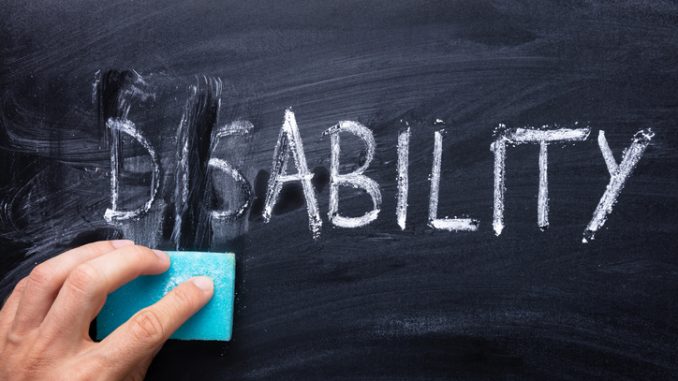
Employers must continue to support nontraditional work plans that include those with disabilities and chronic illnesses, writes the CEO of Chronically Capable.
by Hannah Olson
The national unemployment rate for individuals with disabilities or those who are chronically ill is more than double that of non-disabled individuals. Thirty years after the passage of the Americans with Disabilities Act (ADA), we can do better.
The ADA has led to major advancements that benefit both the disability and chronically ill communities to this day. As someone with a chronic illness, I am thankful that laws exist to protect people with a disability or chronic condition from discrimination in employment, housing and many other aspects of life.
Yet, across all age groups, the U.S. employment-population ratios are much lower for those with a disability or chronic illness than for those without. According to the U.S. Bureau of Labor Statistics, last year, the employment-population ratio for individuals with a disability was 19.3%, while the ratio for individuals without a disability was 66.3%. Meanwhile, only 13% of U.S. employers who work with the federal government have reached the U.S. Department of Labor’s target of having at least seven percent disability representation in their workforce.
I know firsthand how a health condition can impact a person’s ability to participate in the traditional job market. I left my dream job due to the aggressive treatment schedule for Lyme disease that required me to be on an IV for up to six hours per day. Although my ambition and intellect were intact, the physical demands of a traditional workplace environment could not co-exist with my life-saving treatment.
Unfortunately, it has taken the COVID-19 pandemic to show us the benefits of non-traditional work solutions for large and small businesses alike. The coronavirus has led many companies to adopt fundamental business technology solutions, realizing that to be productive, an employee does not always need to be physically in the office. It is possible to increase accessibility and flexibility and still maintain a high-quality work product. These trends present new opportunities for working age individuals with disabilities or chronic illness who have long been left out of the job market.
To read this article in its entirety at hrdive.com, click here.
Hannah Olson is founder and CEO of Chronically Capable, an employment platform that connects chronically ill professionals to companies looking to hire an inclusive digital workforce.
